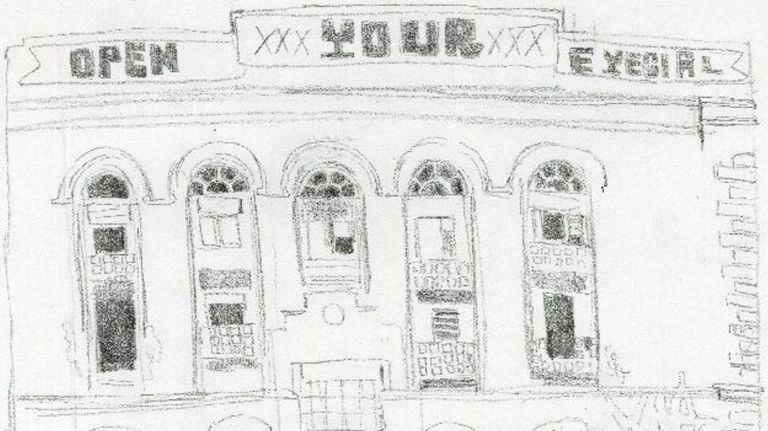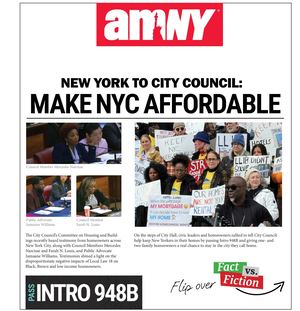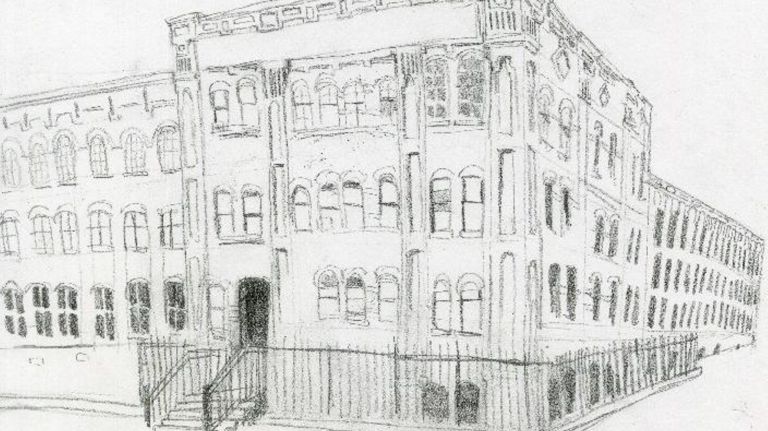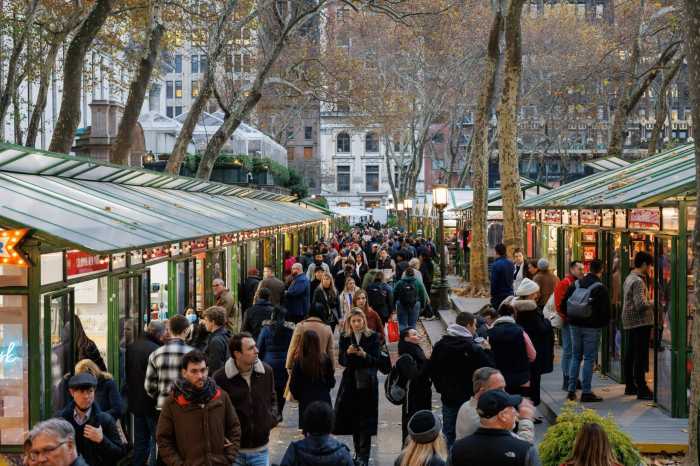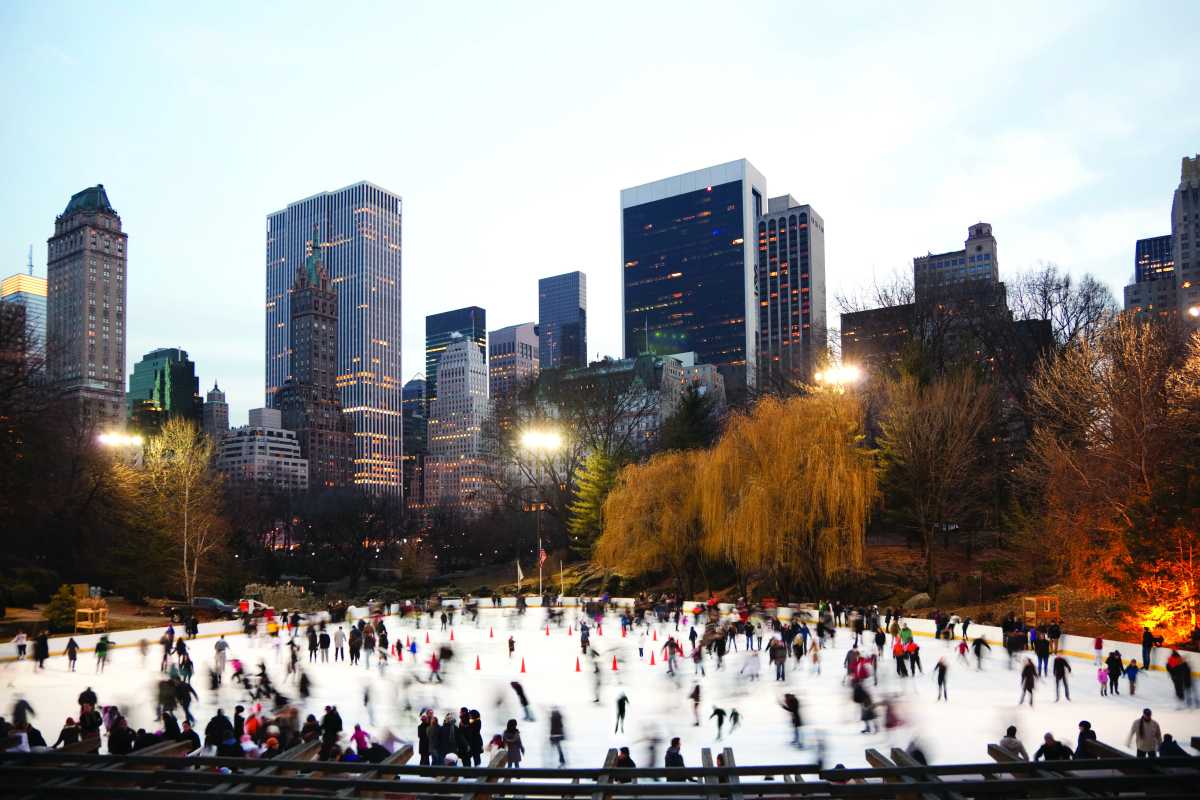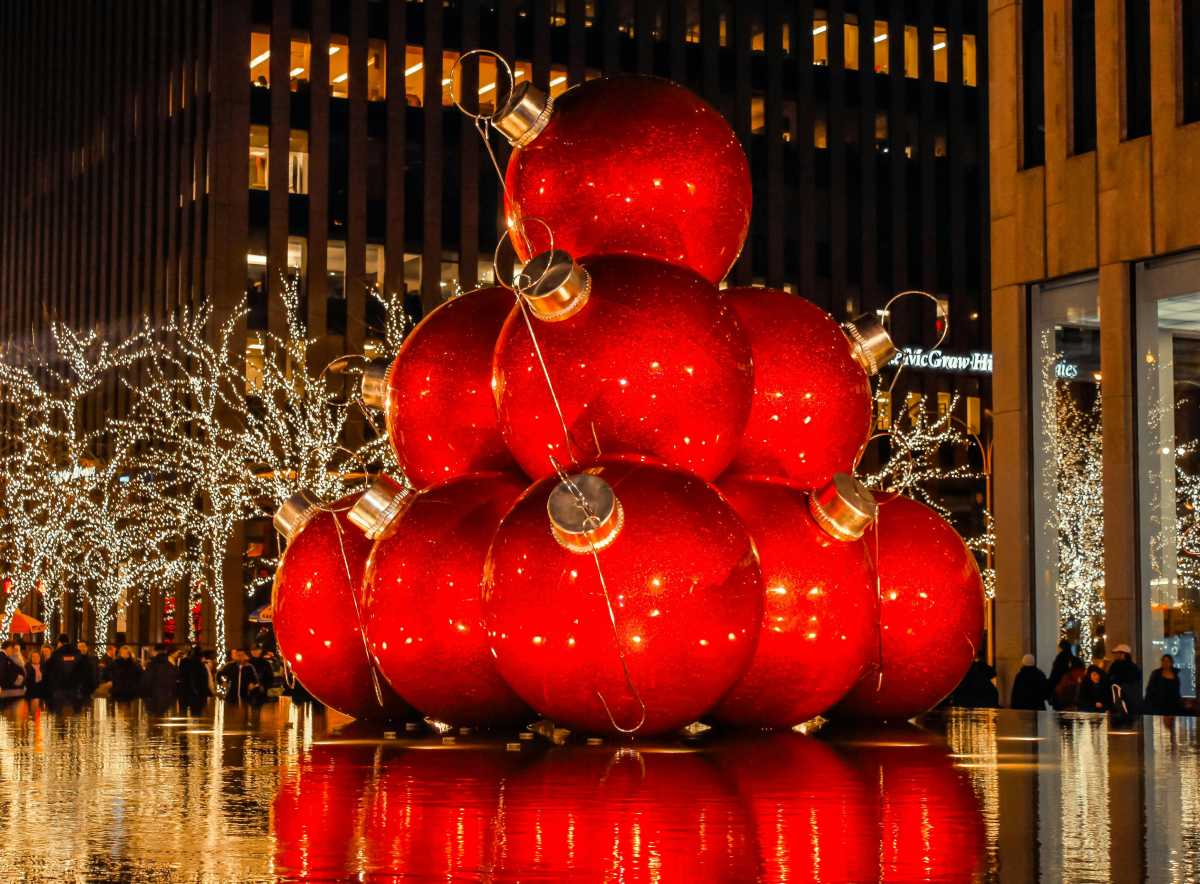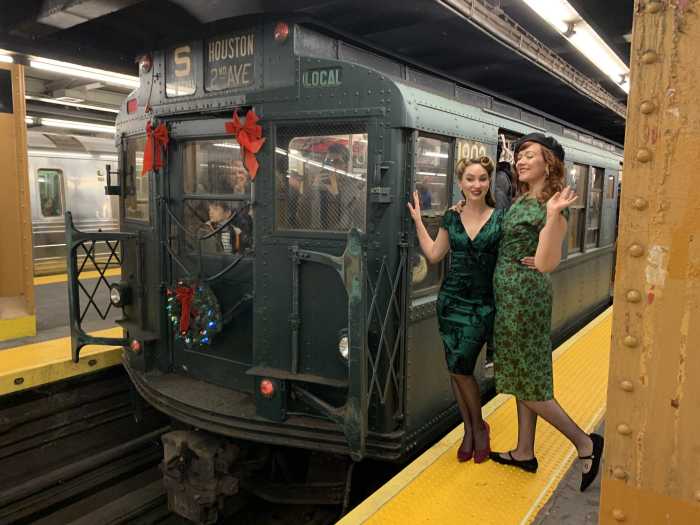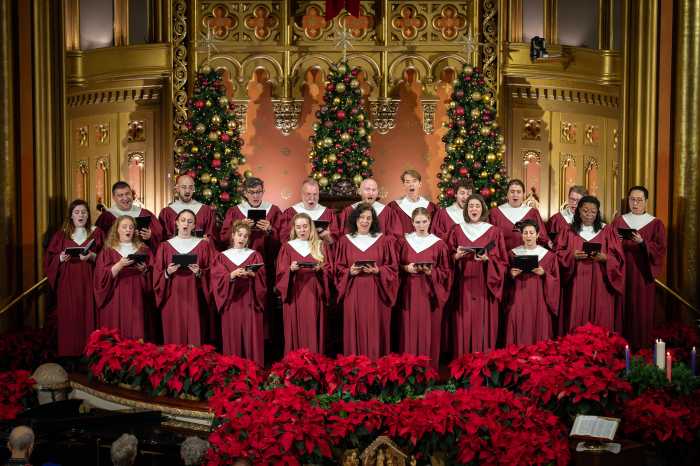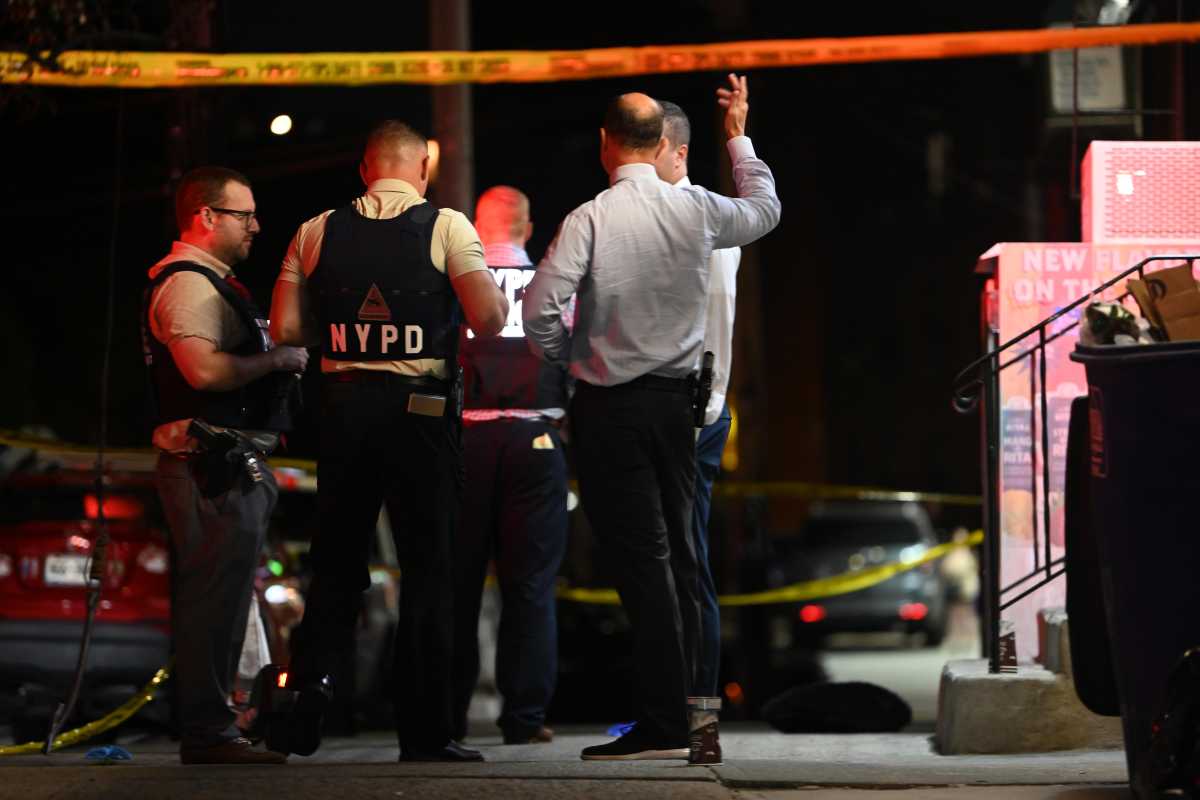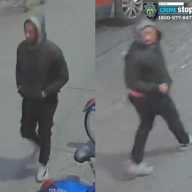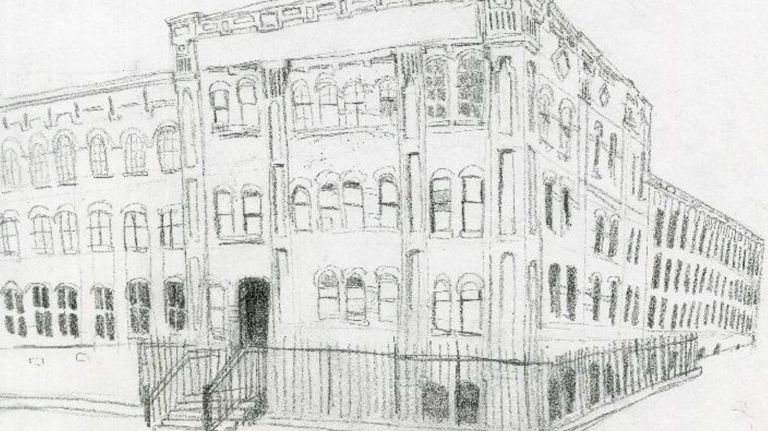
The Gowanus Souvenir Shop is getting creative about the neighborhood’s history.
With national chains such as Whole Foods and Starbucks open in Gowanus, and a new rezoning plan on the horizon, residents and historians of the industrial neighborhood are scrambling to save its landmarks.
The shop, which sells historical, artistic and kitschy Gowanus souvenirs, has teamed up with artist Vivian Baumann to create a hand-drawn map of the neighborhood’s landmarks and structures they say should be preserved, and proceeds from sales go toward the Gowanus Landmarking Coalition.
The map includes places such as the landmarked 1889 Carroll Street Bridge, which is one of four remaining retractable bridges in the United States, and proposed landmarks such as the ASPCA building (233 Butler St.) that is known as the "Bat Cave," the American Can Factory (232 Third St.) and the Gowanus Station (234 Butler St.).
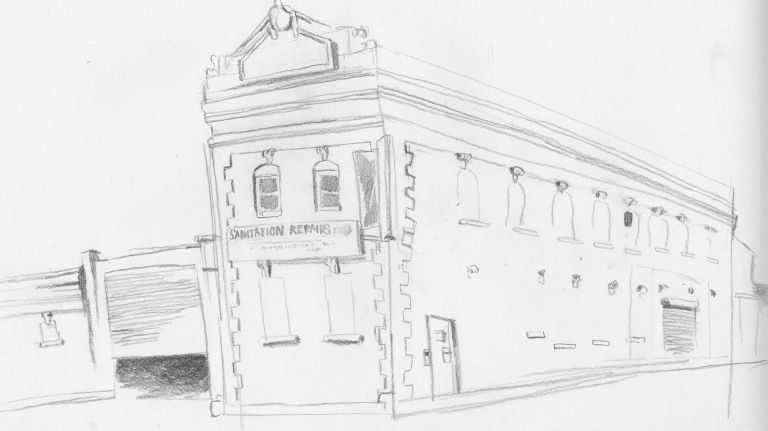
“The images and map help to capture just how much these buildings contribute to the sense of place that makes Gowanus such a distinctive part of Brooklyn," said Kim Maier of the Old Stone House and the Gowanus Landmarking Coalition. "We hope this map helps broaden advocacy for the Landmarks Preservation Commission to confirm protection for a substantial number of the Gowanus landmarks that are integral to the neighborhood."
The shop has had a lot of requests for a map of the neighborhood and decided to produce a foldable guide people could use ($5.99) and a bigger print they could hang ($30 unframed or $60 framed), according to Ute Zimmermann, the shop’s owner.
To celebrate its release, there will be a party at the shop (567 Union St.) on Wednesday, from 6:30 to 7:30 p.m., which will include drinks.
